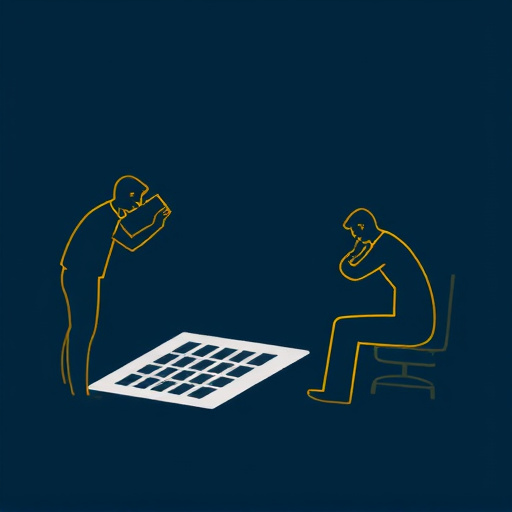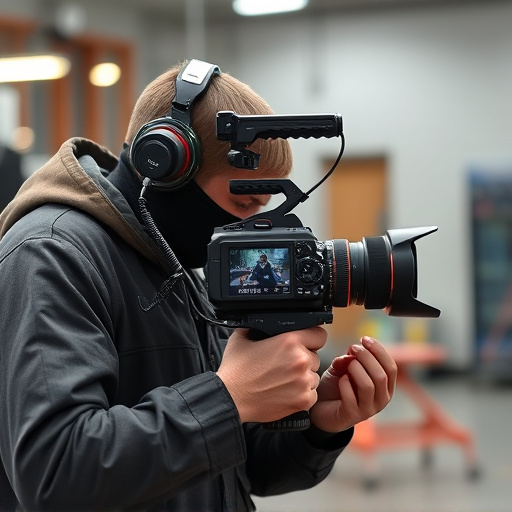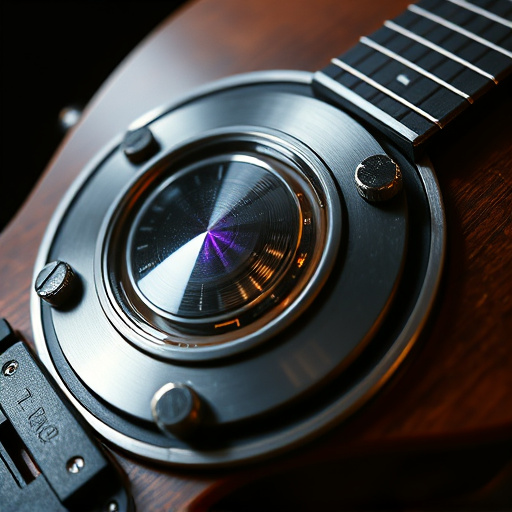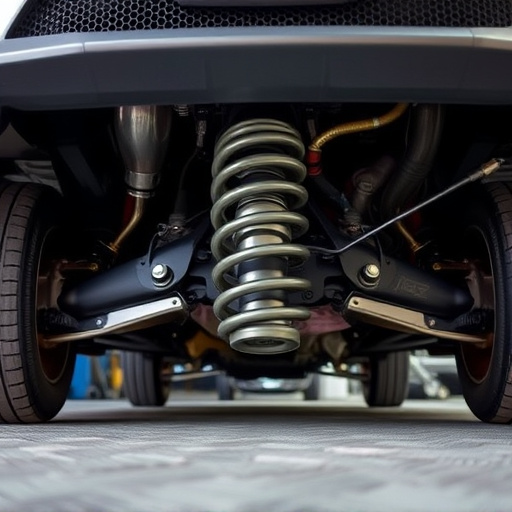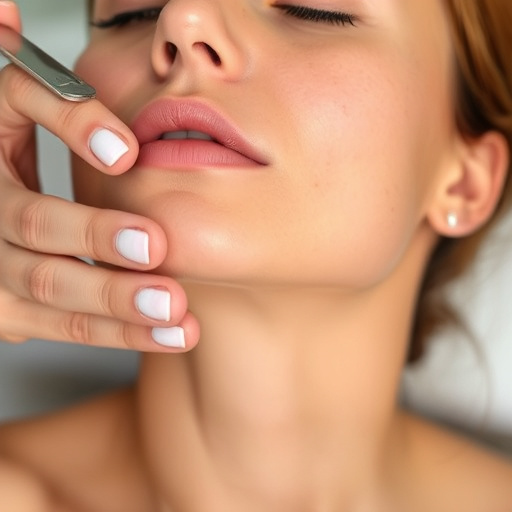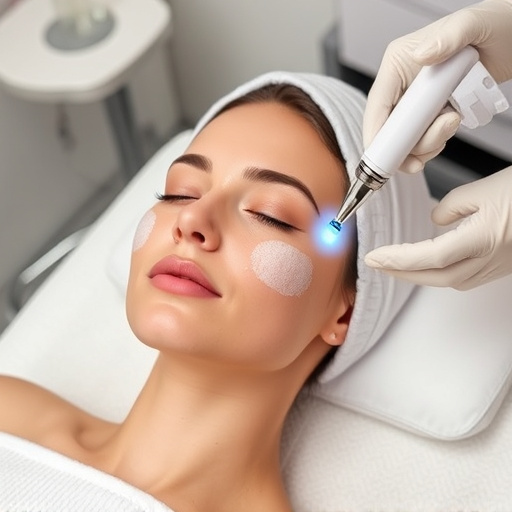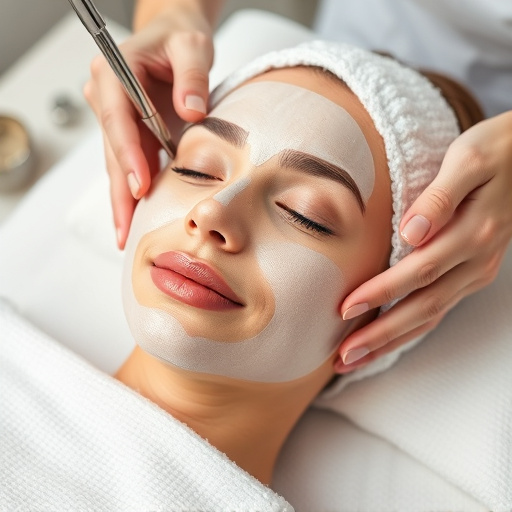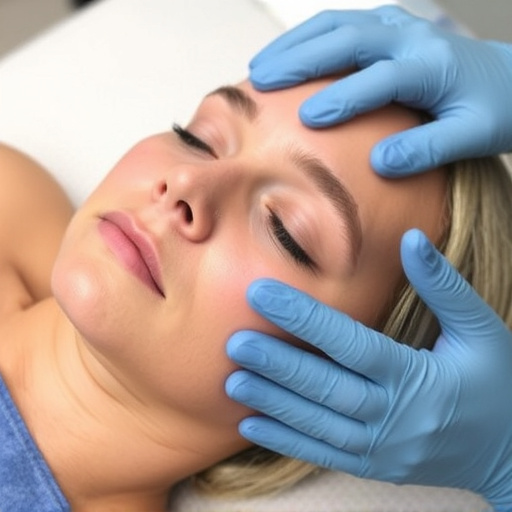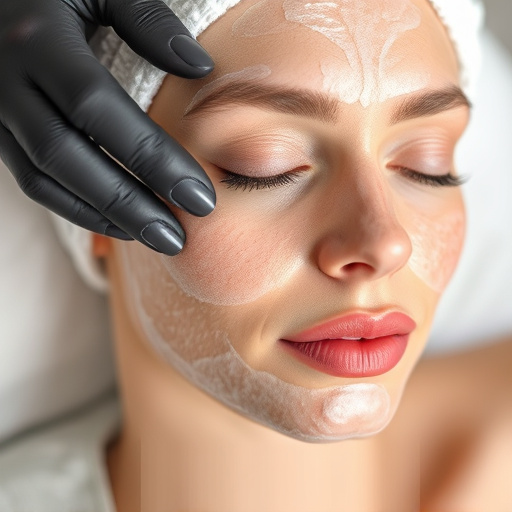Broken capillaries, caused by sun damage, rosacea, or eczema, can be treated with non-invasive Intense Pulsed Light (IPL) and laser therapies. These advanced techniques target enlarged blood vessels, stimulating collagen production for long-lasting results. Benefits include improved skin texture, reduced redness, better circulation, and anti-aging effects, making these treatments popular for achieving a more even complexion and youthful appearance while addressing broken capillary damage from various environmental factors.
“Uncover effective solutions for broken capillary treatment with IPL (Intense Pulsed Light) or laser therapy. This comprehensive guide explores the intricate world of capillary health, delving into the causes and visible symptoms of damaged capillaries. We shine a light on how advanced technologies like IPL and lasers can stimulate repair, enhancing skin clarity.
From understanding the benefits and potential risks to navigating the recovery process, this article is your go-to resource for broken capillary treatment options.”
- Understanding Broken Capillaries: Causes and Symptoms
- IPL and Laser Therapy: How These Techniques Work for Repair
- Benefits, Risks, and Recovery Process of Broken Capillary Treatment
Understanding Broken Capillaries: Causes and Symptoms
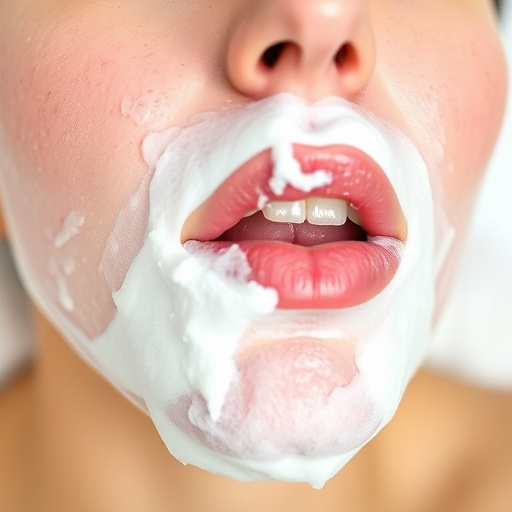
Broken capillaries, also known as dilated capillary vessels, are small blood vessels that become enlarged and visible just beneath the skin’s surface. This condition is not only aesthetically concerning but can also lead to various skin issues. Understanding the causes and symptoms of broken capillaries is essential when considering effective treatments like IPL (Intense Pulsed Light) or laser therapy for broken capillary treatment.
Several factors contribute to the development of broken capillaries. One common cause is sun exposure, which damages the skin’s protective barrier, making it more susceptible to vessel dilation. Additionally, certain skin conditions like rosacea and eczema can trigger these enlarged vessels. Even environmental factors such as extreme temperatures and wind can affect skin hydration, leading to capillary breakage. Symptoms include visible red lines or web-like patterns on the face, often accompanied by a sensation of tingling or burning. In some cases, broken capillaries may also cause skin discoloration, particularly in areas prone to sun exposure, resulting in what is often described as ‘sun damage’. Pore refinement, skin brightening, and hydrating facials can temporarily improve the appearance of broken capillaries, but long-lasting solutions require targeted treatments like IPL or laser therapies.
IPL and Laser Therapy: How These Techniques Work for Repair
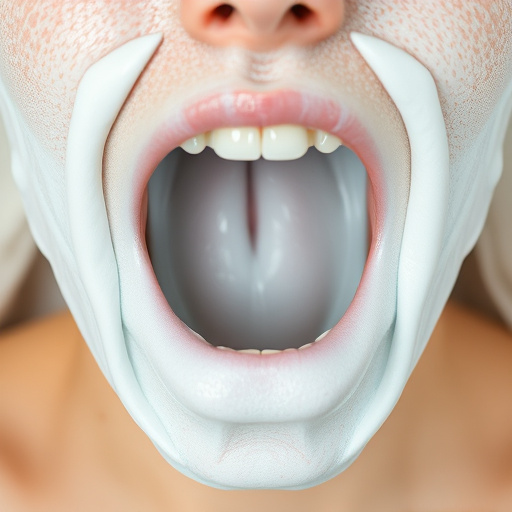
Intense Pulsed Light (IPL) and laser therapy are groundbreaking techniques that have revolutionized broken capillary treatment. These non-invasive procedures work by emitting specific wavelengths of light energy targeted at the affected areas, stimulating collagen production and enhancing skin repair mechanisms. IPL therapy uses a range of light intensities to target different depths in the skin, addressing both superficial and deeper capillaries. Lasers, on the other hand, offer more precise treatments, allowing dermatologists to precisely target and treat damaged blood vessels while minimizing collateral damage to surrounding healthy tissue.
Both IPL and laser therapies are effective for various skin concerns, including broken capillaries, redness, and rosacea. The anti-aging benefits of these treatments extend beyond their role in broken capillary repair as they can also improve skin brightening, texture, and overall tone. Many individuals seek these medical spa services to achieve a more even complexion and youthful appearance, making them popular choices for those looking to address capillaries and related skin issues effectively.
Benefits, Risks, and Recovery Process of Broken Capillary Treatment
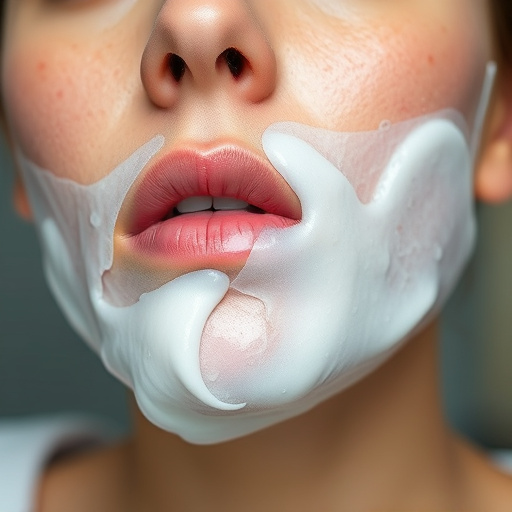
Benefits of Broken Capillary Treatment:
One of the significant advantages of IPL (Intense Pulsed Light) or laser therapy for broken capillaries is its ability to improve skin appearance and texture. This non-invasive procedure can reduce the visibility of red veins, redness, and overall skin irregularity, leading to a more youthful and rejuvenated look. Many patients appreciate the long-lasting results, as it effectively corrects damage caused by sun exposure, aging, or other environmental factors. Additionally, broken capillary treatment opens doors to enhanced skin health, as it can strengthen capillaries, improve blood circulation, and promote overall skin nourishment.
Risks and Recovery:
While generally safe when performed by qualified professionals, there are potential risks associated with any laser treatment, including discomfort during the procedure, temporary redness or swelling, and in rare cases, skin pigment changes. However, these side effects are usually mild and subside quickly. The recovery process is relatively straightforward, often requiring minimal downtime. Patients may experience some redness post-treatment, but it typically clears within a few hours to a couple of days. Customized facials and anti-aging treatments can complement broken capillary therapy, addressing various skin concerns for a holistic approach to skincare.
In conclusion, IPL and laser therapy offer effective solutions for broken capillary treatment, addressing both the causes and symptoms. These advanced techniques have proven benefits in repairing damaged capillaries, enhancing skin texture, and improving overall appearance. However, like any medical procedure, it’s crucial to weigh the risks and understand the recovery process. Consulting a professional dermatologist is essential to determine if IPL or laser therapy is the right choice for your specific case of broken capillary treatment.


